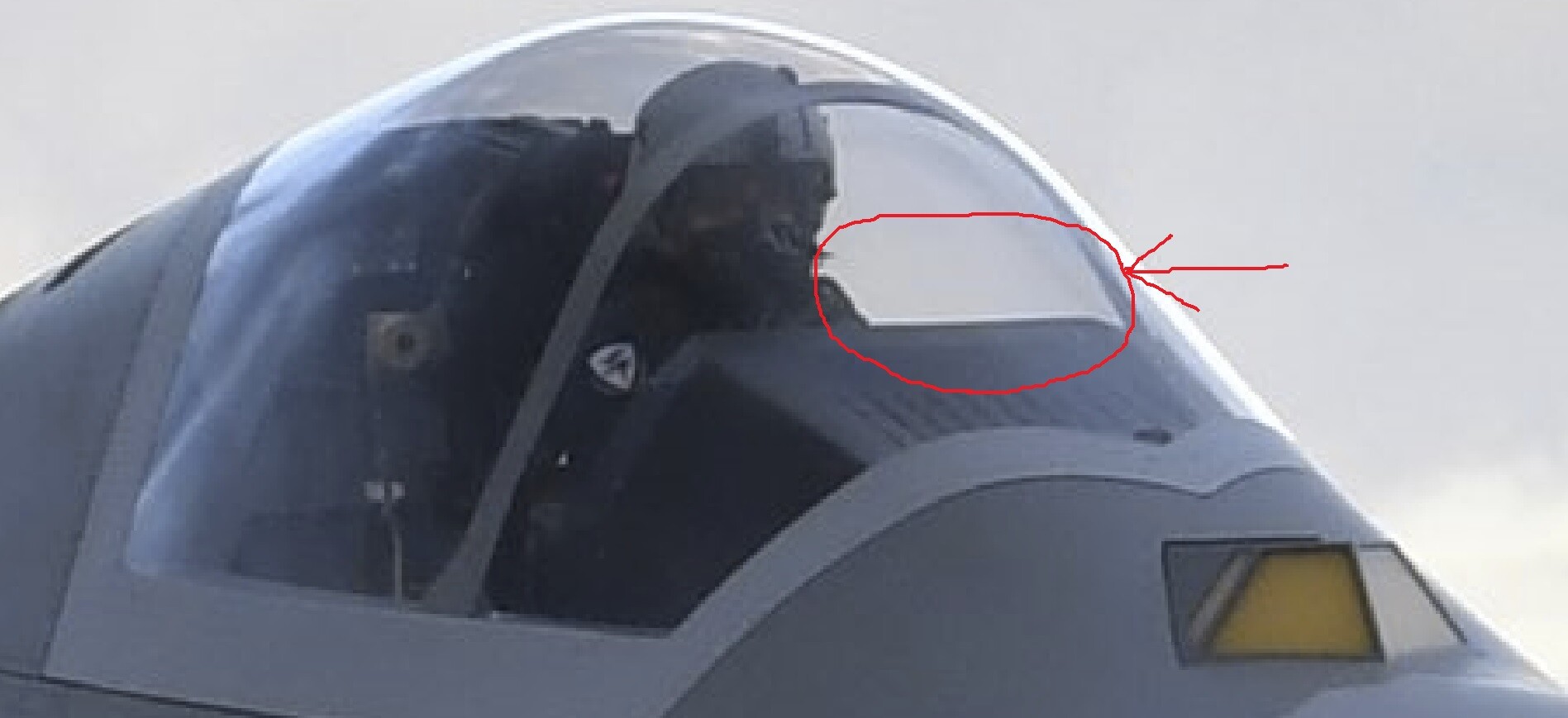Pilot is using normal helmet. Or he just realized he know the guy.What? Don’t tease
Latest Thread
You are using an out of date browser. It may not display this or other websites correctly.
You should upgrade or use an alternative browser.
You should upgrade or use an alternative browser.
The helmet kinda looked weird to me. I was wondering if any of you knew what that helmet is specifically... I'm not that good with identifying helmets. HGU is the only thing I knowHe is using normal helmet.
buraktunahan
Active member
As far as I know, ASELSAN "AVCI" Pilot Helmet for TF-X is still under development. (The Aselsan logo can be seen on the helmet. The photo was taken on the TAI T-129 ATAK helicopter.)

AVCI won't be used on our big boi.As far as I know, ASELSAN "AVCI" Pilot Helmet for TF-X is still under development. (The Aselsan logo can be seen on the helmet. The photo was taken on the TAI T-129 ATAK helicopter.)
View attachment 55139
There is the FSS/DAS system for that already. X band would be better for ECM/EWKu/Ka bands would be more suitable for backwards facing radar. Since you can track smaller targets with highaccuracy in higher frequencies, a Ku/Ka band radar would allow MMU to track incoming missiles and inform the pilot with their precise location.
IR detection is highly effected by weather. Also since they are passive systems they can't provide range information. With a AESA Ku/Ka band radar you can effectively detect these missiles in all weathers and provide precise range and bearing information to the pilot. Eurofighter Typhoon has a similar system in Ku band but its not an AESA. System can detect the missiles precise location and show it on MFDs.There is the FSS/DAS system for that already. X band would be better for ECM/EW
Since AESA radars are flexible on frequency, I don't think it will have any issues on jamming. New generation A2A missiles are going to have Ku/Ka band seekers.
What if it was stereoscopic? What if it had 2 optical sensors of the same kind to calculate depth information?Also since they are passive systems they can't provide range information.
Nilgiri did end the discussion essentially, and I pointed out that he was the only one that gave an actual counter-argument. the last couple of posts on the topic have been about the people's refusal to have any type of discussion instead people choice to blindly name call which doesn't help anyone.
Thank you for the kind comments along with @Saithan and others.
Folks can tag me if they would like comments regarding any other specific issues that crop up....since many follow lot of other places chit chat etc and they keep better track of such things.
I'll try my best when I feel I can offer something on it.
E
Era_shield
Guest
The sensors would need to have quite bit of separation, which is difficult because airframes bend and twist in flight, which would affect the sensors direction of view and the distance calculation. Probably could be made to work (correction with inertial sensors etc) but it would be a lot of added work and expense. Probably we will see this in future generations of fighters.What if it was stereoscopic? What if it had 2 optical sensors of the same kind to calculate depth information?
buraktunahan
Active member
Is there a reason why they didn't go with a divertless inlet like the F35, J-31 or J-20?
DSI's are problematic beyond Mach 1.6. This baby's gonna do Mach 2.Is there a reason why they didn't go with a divertless inlet like the F35, J-31 or J-20?
Beutifull airframe.
DSI has no moving parts and they provide most efficient pressure recovery at a particular Mach numbers, usually between Mach 1,2. The efficiency decreases with both positive and negative deviation from the sweet spot.
+1DSI's are problematic beyond Mach 1.6. This baby's gonna do Mach 2.
DSI has no moving parts and they provide most efficient pressure recovery at a particular Mach numbers, usually between Mach 1,2. The efficiency decreases with both positive and negative deviation from the sweet spot.
DSI's are problematic beyond Mach 1.6. This baby's gonna do Mach 2.
but the Chinese J-20 does over Mach 2 and it has them.
Beutifull airframe.
+1
DSI has no moving parts and they provide most efficient pressure recovery at a particular Mach numbers, usually between Mach 1,2. The efficiency decreases with both positive and negative deviation from the sweet spot.
did the Chinese find a solution to that problem or do they just not care?
Last edited:
Nope, it's maximum speed is 1.8 machChinese J-21 does over Mach 2
This means that the Chinese aircraft, like the F35, will perform most of its mission by flying around 1,2 mach. J-21 will rarely go up to mach 1,8. There is no problem there. Or there is no such thing as not caring.but the Chinese J-21 does over Mach 2 and it has them.
did the Chinese find a solution to that problem or do they just not care?
Nope, it's maximum speed is 1.8 mach
I have been seeing the number Mach 2 all over the place, what makes you say Mach 1.8 is their maximum speed?











